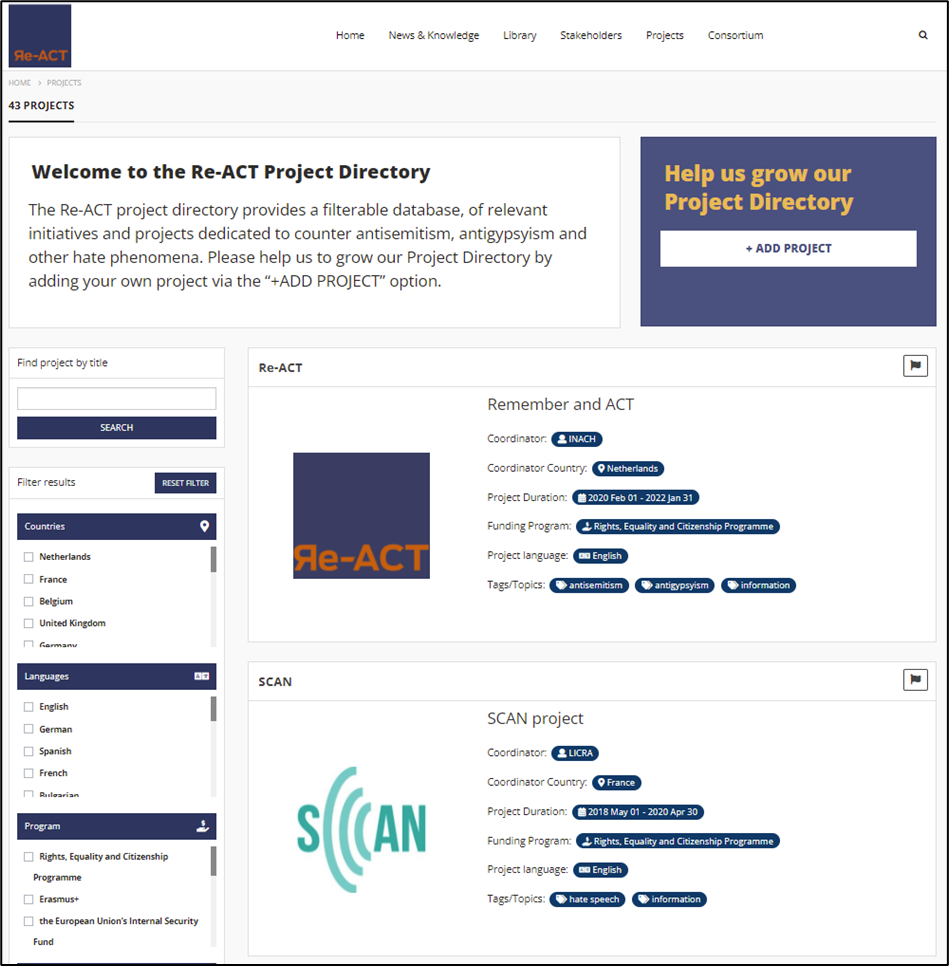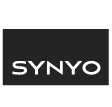 https://www.synyo.com/wp-content/uploads/SYNYO-NEWS-featured-image-NEW01007705EN.png
400
459
leo
https://www.synyo.com/wp-content/uploads/2017/09/synyo-logo.png
leo2025-01-01 10:47:112025-02-10 10:48:51BOND: Outcomes in Advancing Education, Tolerance and Heritage Preservation to combat Antisemitism
https://www.synyo.com/wp-content/uploads/SYNYO-NEWS-featured-image-NEW01007705EN.png
400
459
leo
https://www.synyo.com/wp-content/uploads/2017/09/synyo-logo.png
leo2025-01-01 10:47:112025-02-10 10:48:51BOND: Outcomes in Advancing Education, Tolerance and Heritage Preservation to combat AntisemitismRe-ACT
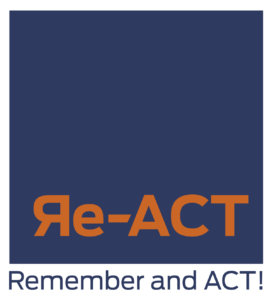
Re-ACT: Introducing the prevention-hub
Grounded in an in-depth need analysis and refined in a wide range of workshops project Re-ACT´s prevention hub is now live. Overall, the prevention hub has been designed as an open platform, where different target groups such as educators, practitioners, CSOs, policymakers and other interested parties find relevant resources, related initiatives and other features.
The developed prevention-hub consists of six main modules, namely the home module (landing page), the News & Knowledge section, the library module, a Stakeholder map, a Project Directory and the Consortium map. Each of the modules responds to a specific need of Re-ACT´s end-user groups, as identified at the beginning of the project [link to article NEW01005402EN Re-ACT 02], and have been jointly tested before the platform was made publicly available.
The prevention hub can be accessed here.
Home
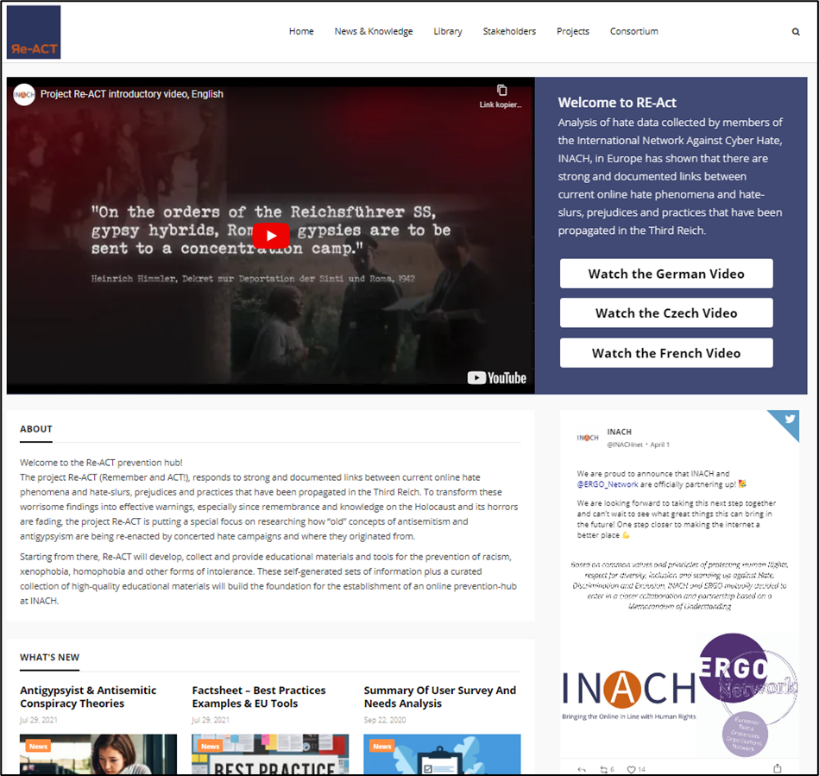
Home module
The Home module acts as the overall landing page for the Prevention-hub. Next to a brief description of the prevention hub and its background, the page features Re-ACT´s introduction video, which can be accessed in German, Czech and French. In addition to a social media feed, the home section also highlights the latest materials that have been added to the hub, to provide its users with a quick overview of the latest developments.
News & Knowledge
In this module, the various research outputs, like factsheets, but also updates on the project and its activities can be found. The individual articles (see image below) can be directly accessed via the prevention hub and are supported by social media sharing functions. They also feature a news-feed (similar to the home module) and provide an overview of all available articles on the right side. Related Articles are suggested to users at the end of each article.
Library
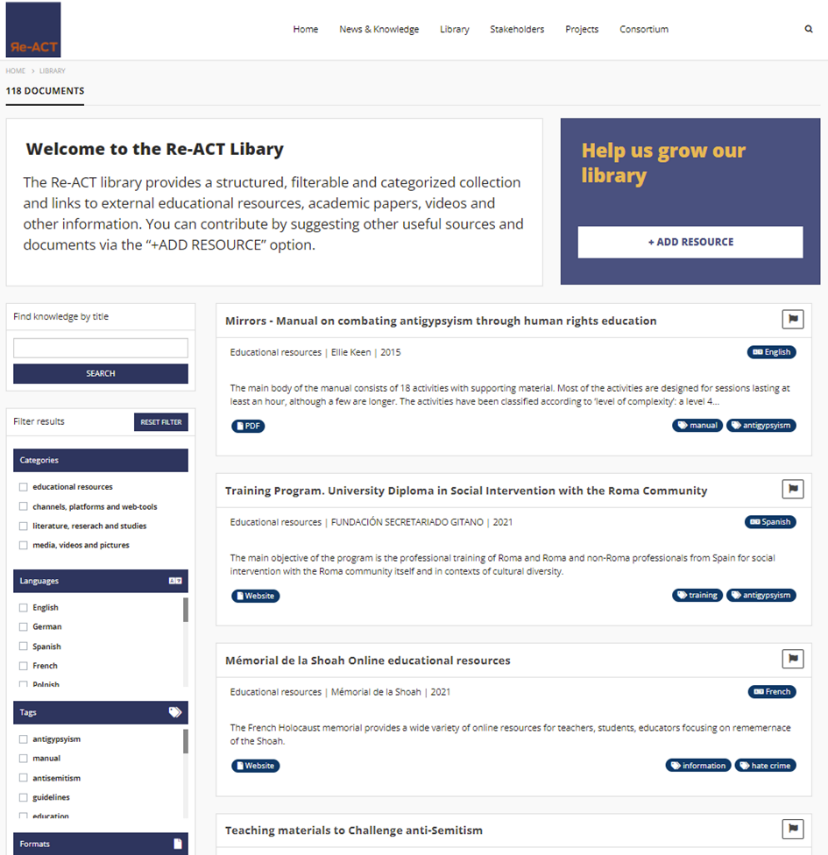
Library module
One of the core modules of the prevention-hub, backed by the needs analysis, is the library module.
Located at the top of the module, a short introduction text provides a brief description and overview of the module. The introduction text also encourages end-users to suggest additional materials to be added to the prevention hub. For this, a material suggestion form has been implemented, which can be accessed via the “+ADD RESOURCE” button at the right top of the module.
Once listed, the individual materials in the library module link directly to the external location of the respective source. In order to further facilitate the identification of suitable materials, different filter options are available on the right side of the module. Each filter option is grounded in the detailed need analysis conducted to ensure their usability and relevance. So far, 118 different materials, many of which are available in multiple languages have been added to the library module.
Stakeholder Map
Containing over 70 different organisations, the stakeholder map consists of a filterable database, visualised as a map, of relevant organisations and networks dedicated to countering or related to antisemitism, antigypsyism and other hate phenomena, especially online. All entries are geo-tagged to enable their quick identification. However, to avoid any potential security concerns and based on the end-user feedback, the location is only provided by the city with no concrete address being provided.
For each organisation, the Name and logo are included, with the former leading directly to the website of the respective organisation. The entities can be further filtered by the provided Tags (i.e., education) and type of organisation (i.e. network, SME, CSO, NPO, NGO etc.). Through this, organisations can for instance identify relevant organisations working in the same area for mutual cooperation and exchange.
Project Directory
The project directory includes a filterable database, of relevant initiatives and over 40 different projects related to antisemitism, antigypsyism and other hate phenomena.
